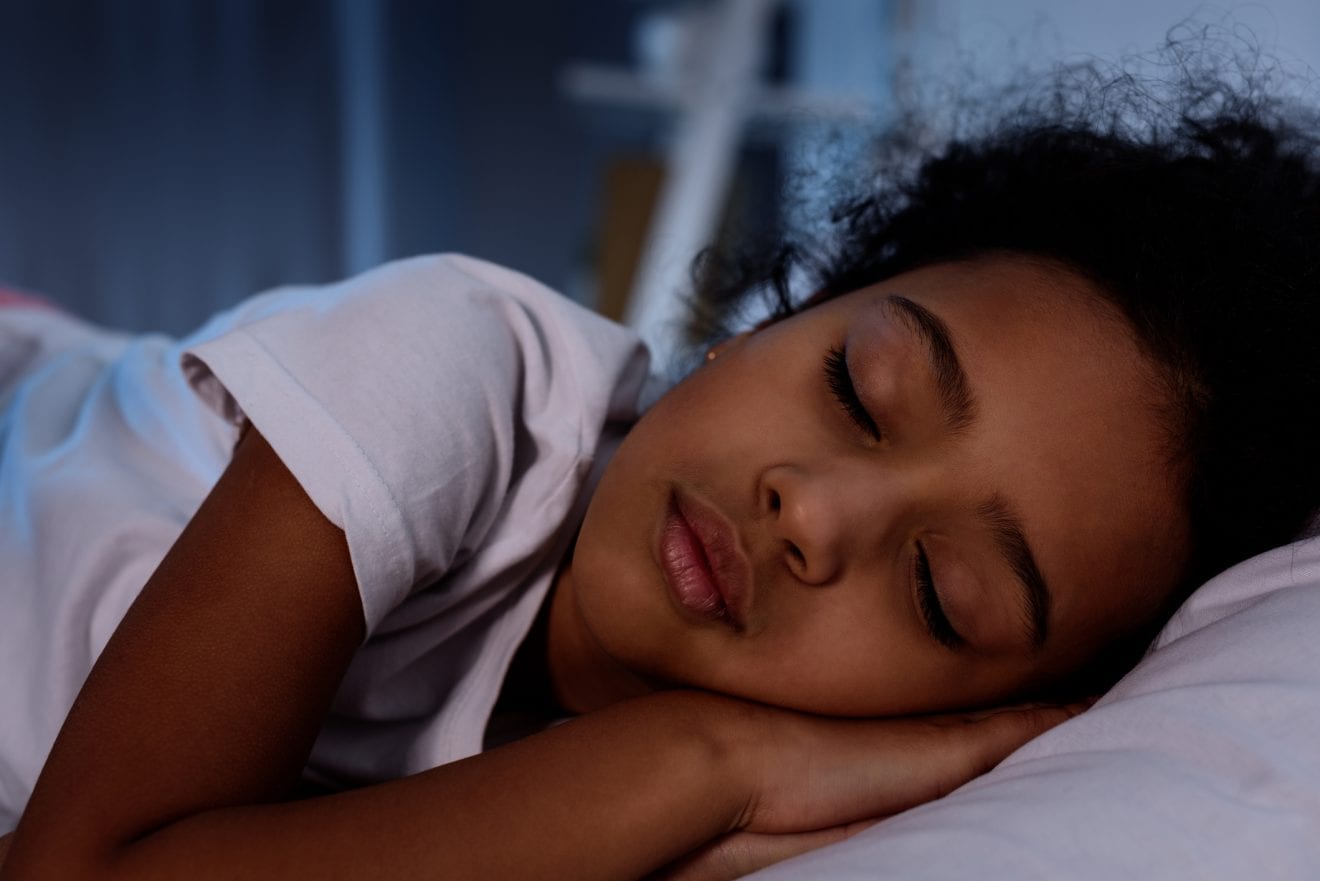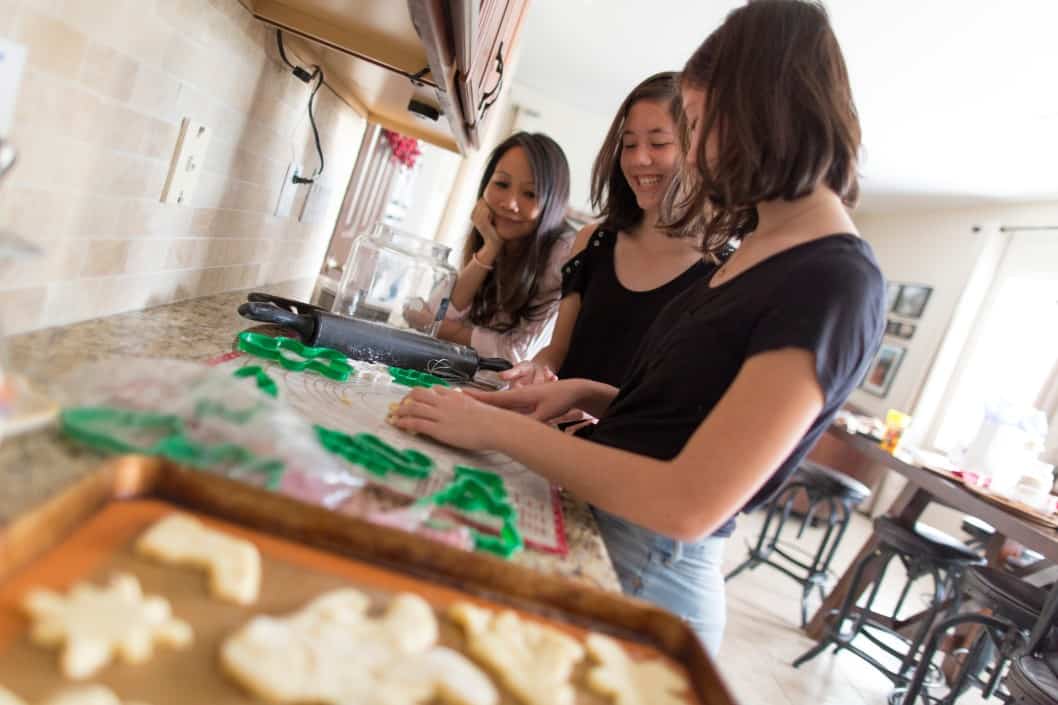I never expected to be homeschooling my kids. Even now, after 20 years of homeschooling I wouldn’t consider myself a “homeschooler” because my kids school work did not take up the majority of my day or efforts. Having a good, solid homeschool schedule is the foundation to keeping school under control at home and not taking over the entire family’s life!

HOmeschool Schedule that Really Works
This article was originally written when many families were forced into homeschooling unexpectedly. So much of what was being written about homeschooling at that time was unreasonable and unworkable in a real-family situation! But I really liked the way the Illinois State Board of Education (ISBE) described their recommended homeschool schedule in a published document on how to engage kids while they learn at home.
It’s not traditional homeschooling. It’s also not traditional classroom learning. This “homeschool” experience is something completely different and more like what I have been doing successfully for years.

Recommended Study Times for Home Learning
The biggest takeaway for parents doing education at home?
Your kids don’t need to sit at a computer all day to learn and complete their schoolwork.
The ISBE shared a nifty little chart that helped me breath a sigh of relief. It shows “suggested minimum and maximum times of engagement by each student in remote learning activities.”
Download & print the ISBE schedule — the information discussed in this article is on pages 18 & 19.
Illinois State Board of Education Home School Schedule
These recommended times — which are broken down by grade level — are something I think a lot of parents can get behind. It also shares the typical attention span of the students, based on age/grade level.
Pre-K Home HOmeschool Schedule
These are the recommendations for Pre-Kindergarten students studying at home:
- Minimum daily learning time: 20 minutes
- Maximum daily learning time: 60 minutes
- Recommended Length of Sustained Attention: 3-5 minutes
Related: Our how to homeschool preschool, best preschool workbooks & Kindergarten readiness checklist
Kindergarten HomeSchool Schedule
These are the recommendations for K students studying at home:
- Minimum daily learning time: 30 minutes
- Maximum daily learning time: 90 minutes
- Recommended Length of Sustained Attention: 3-5 minutes
Grades 1 & 2 HomeSchool Schedule
These are the recommendations for first grade & second grade students studying at home:
- Minimum daily learning time: 45 minutes
- Maximum daily learning time: 90 minutes
- Recommended Length of Sustained Attention: 5-10 minutes
Grades 3, 4 & 5 HomeSchool Schedule
These are the recommendations for third, fourth & fifth grade students studying at home:
- Minimum daily learning time: 60 minutes
- Maximum daily learning time: 120 minutes
- Recommended Length of Sustained Attention: 10-15 minutes
Grades 6, 7 & 8 HomeSchool Schedule
These are the recommendations for sixth, seventh & eighth grade students studying at home:
- Minimum daily learning time: each class = 15 minutes; total = 90 minutes
- Maximum daily learning time: each class = 30 minutes; total = 180 minutes
- Recommended Length of Sustained Attention: 1 class
High School Homeschool Schedule
These are the recommendations for 9th-12th grade students studying at home:
- Minimum daily learning time: each class = 20 minutes; total = 120 minutes
- Maximum daily learning time: each class = 45 minutes; total = 270 minutes
- Recommended Length of Sustained Attention: 1 class
Additional Activity Recommendations for Homeschooling
To supplement remote virtual learning, the ISBE also shares some “enrichment” activities. These activity recommendations are primarily targeted toward preschool and elementary-aged students.
These are homeschool experiences without the use of a device.

Recommended Mind Activities
Recommended Body Activities
Recommended Spirit Activities
Recommended Environment Activities
Recommended Family Activities
The Illinois’s Board of Education wrote these guidelines in an “unprecedented moment.” But the smart, realistic guidelines are not out of date today! Kids are used to learning in a different way and that is OK!

Learning Beyond the Classroom
But as these guidelines show, eLearning is far from the only way to support our kid’s education right now. Kids can learn through independent play, through exploring. through making art, through building blocks and forts, and spending time outdoors.
And yes, life skills — like cleaning their room — count as learning experiences too.
While guidelines from other states may vary, hopefully these recommendations from the ISBE can help parents take some pressure off of themselves.
We’re all just doing the best we can!
More Recommended Activities from Kids Activities Blog
What do you think of the homeschool schedule?

 PARENTING TIPS
PARENTING TIPS







 PREGNANCY
PREGNANCY








 BABY CARE
BABY CARE








 TODDLERS
TODDLERS








 TEENS
TEENS








 HEALTH CARE
HEALTH CARE







 ACTIVITIES & CRAFTS
ACTIVITIES & CRAFTS








 CONTACT
CONTACT ABOUT
ABOUT


